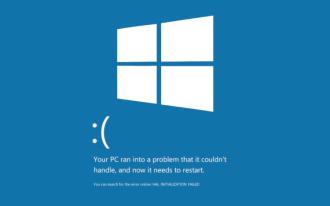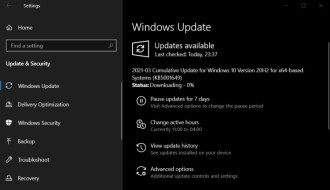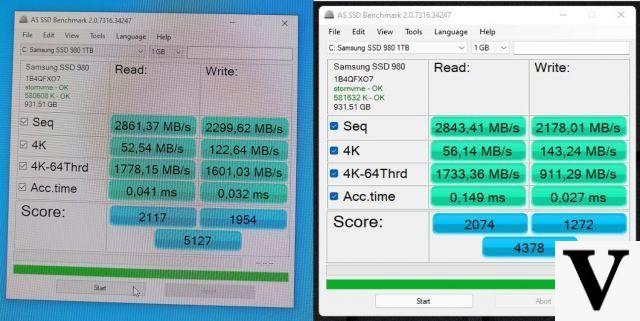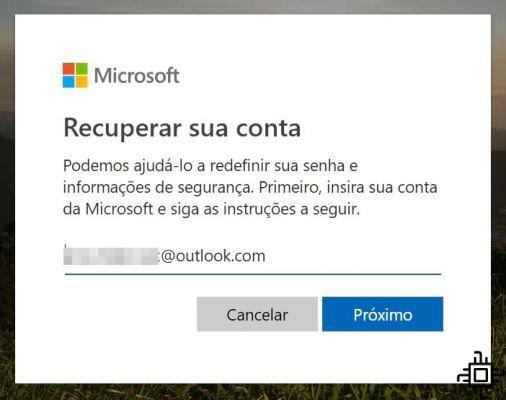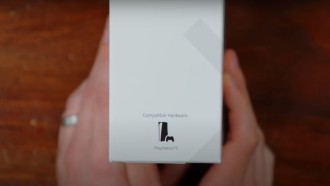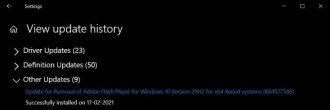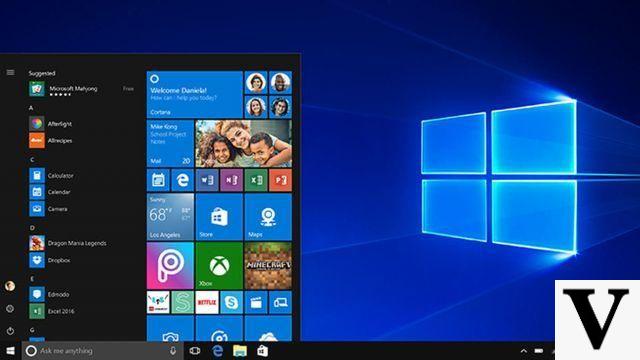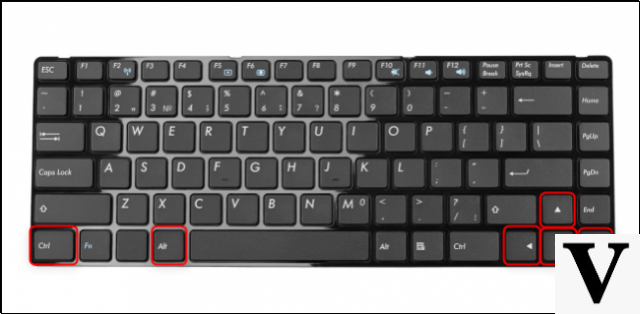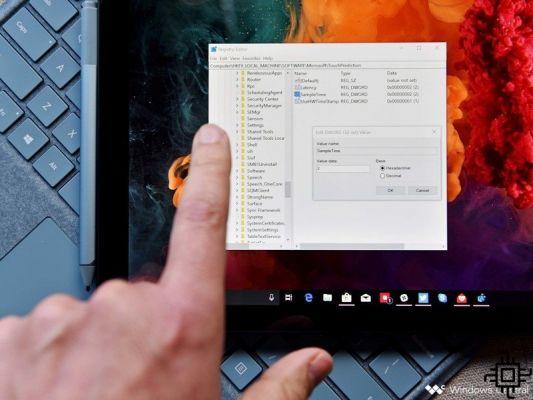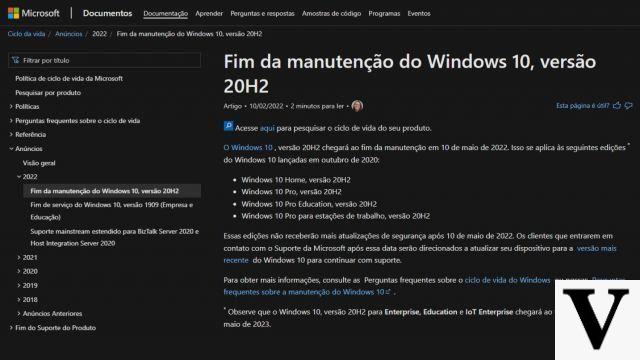Windows 10 is the most secure version of Microsoft's operating system, but even with so many features that make your PC safer, someone can still break into your machine, insert a USB flash drive, and write confidential files and data to it. Of course, you can always protect your computer with a strong password, but it's still possible for someone with physical access to your machine to be able to "steal" something by inserting it into a USB stick. But there is a way to avoid this, just enable write protection.
Unfortunately, Windows 10 keeps this write protection feature hidden, for some mysterious reason. But the feature is very useful as it allows you to prevent anyone from inserting a flash drive and downloading any file from your computer.
In this tutorial you can check the step by step to edit the registry, or the group policy editor, and thus enable the write protection feature in the operating system, to prevent users from saving data to a USB drive.
How to enable write protection on USB stick using registry
Important: Editing the registry is a risky task, and it can cause irreversible damage to your computer's operating system if you don't do it correctly. Therefore, we recommend taking a full backup of your PC before proceeding.
Step 1. Use the keyboard shortcut Windows + R key to open the command Execute. type it regedit and click OK to open the registry.
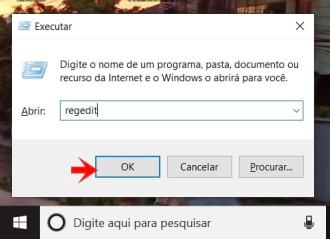
Look for the following path:
HKEY_LOCAL_MACHINE_SYSTEM_CurrentControlSet_Control
Step 2. Right-click the option Control (folder), select New and click Key.

Step 3. Name the new key StorageDevicePolicies and press Enter. Select the newly created key and right-click on the right side, select New and click DWORD value (32 bits).

Step 4. Name the new DWORD WriteProtect and press Enter.

Step 5. Double-click the newly created DWORD and change its value from 0 guidance on 1. Click OK. Close the registry to complete the task.

After you complete the steps, all users who connect a USB drive to their computer will be denied copying privileges and receive a message "This disk is write-protected". As a result, no one will be able to edit, delete, create or rename files on external storage.
At any time, you can revert the changes by following the steps mentioned above, but in step 5, be sure to change the DWORD value of 1 guidance on 0.
How to enable USB write protection using Group Policy
Alternatively, if you don't feel safe modifying the Windows Registry, and you're running Windows 10 Pro, Enterprise, or Education, you can access the Group Policy editor to deny write permissions to removable storage devices.
To enable write protection using Group Policy, do the following:
Step 1. Use the keyboard shortcut Windows + R key to open the command Execute . type it gpedit.msc and click OK to open the Local Group Policy Editor.

Step 2. Look for the following path:
Computer Configuration > Administrative Templates > System > Removable Storage Access

Step 3. On the right side, double-click the policy Removable Disks: Deny Write Access.

Step 4. In the upper left corner, select the option Able to activate the policy. click in Apply menu and then click OK.

Step 5. Close the group policy editor and restart your computer to complete the task.
After the computer restarts, anyone connecting to a USB stick will be denied access to copy any content from removable storage.
However, unlike active write protection using the Registry, users will get the message "You will need to provide administrator permission to copy this folder", but even with administrator privileges, no one will be able to copy data to the USB drive.
It's worth noting that within Removable Storage Access, you'll also receive a number of other storage policies. For example, "All Removable Storage Classes: Deny All Access", which does not enable write protection, but will prevent anyone from accessing any removable storage, and achieves the same result.
If you need to revert the changes, just follow the same steps, but in stage 4, make sure to select the option Not configured.
Great choice for the work computer
While you can enable the write protection feature on your computer to prevent your data from falling into the wrong hands, there are a number of other scenarios where something like this will come in handy.
For example, this feature can add an extra layer of security when implementing an office machine, with sensitive company data, just to name a few interesting uses.
Although this tutorial is for Windows 10, it is important to point out that the same concept should work on previous versions of the operating system, including Windows 8.1 and Windows 7.
Do you think Windows 10 should include this option in the Settings app? Tell us in the comments below.




